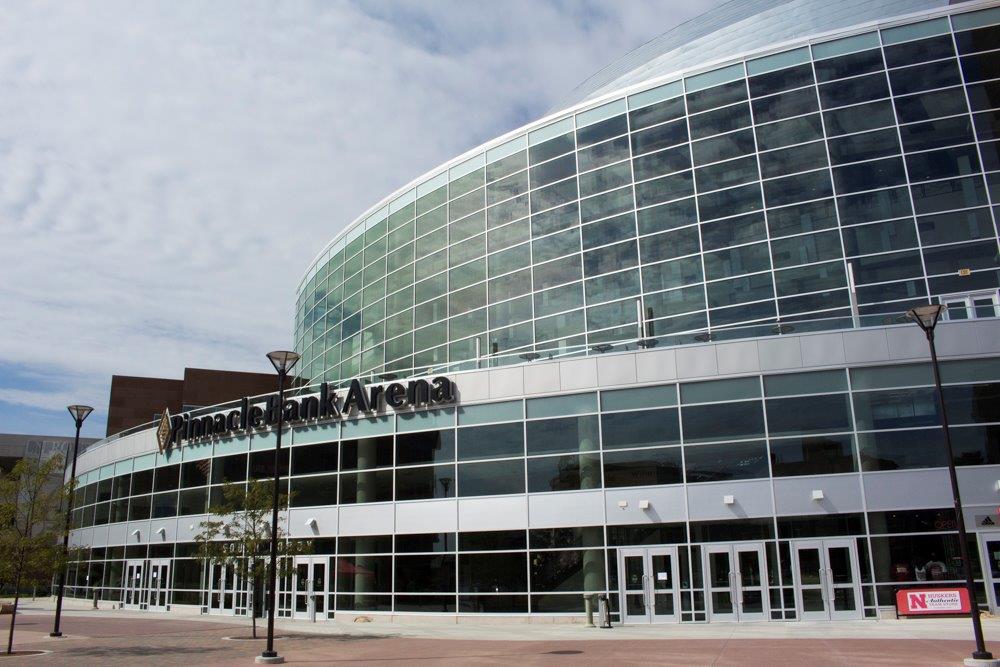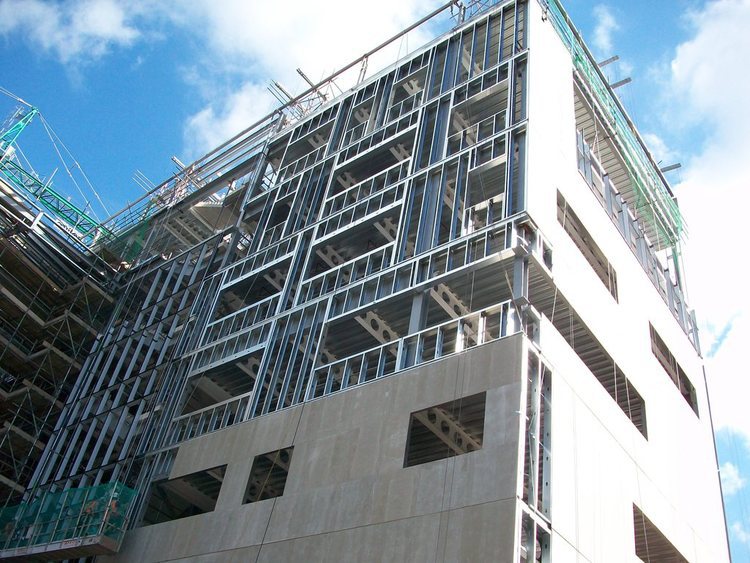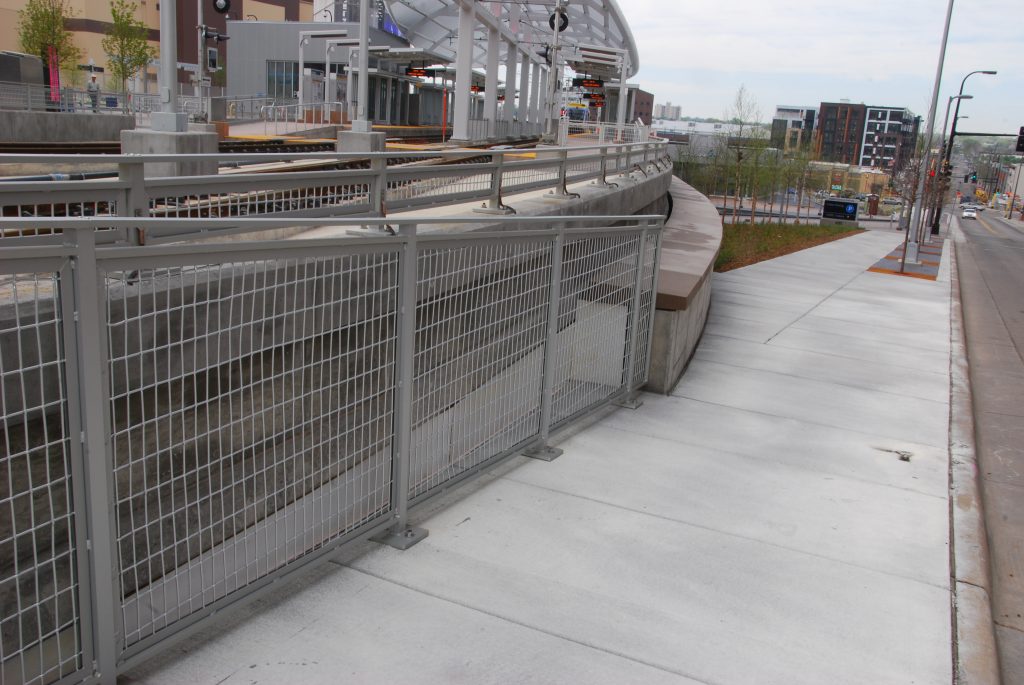The Facts About Infill Panel Revealed
Table of ContentsFascination About Infill PanelThe Best Strategy To Use For Infill PanelInfill Panel - The FactsSome Of Infill Panel
Infill wall surfaces are normally installed on site as specific aspects that are pre-cut to size but they can be pre-fabricated as large panels with the cladding currently connected. The same elements may be made use of for internal dividing wall surfaces, yet here the main problems are fire resistance and also acoustic insulation rather than resistance to.
loading. A nominal inner stress is used in the design of internal dividing wall surfaces. @&&h2@ [leading]
Sorts of
Some Known Factual Statements About Infill Panel
infill walling @&&/h2@ Different types of construction can be utilized to develop infill wall surfaces that extend between floors in steel or concrete structures. Traditionally, infill walls made use of stonework or hardwood, yet the modern-day kind of building and construction makes use of light steel C areas that period between the floorings and also around openings (infill panel). The C sections are placed at a regular spacing depending on the exterior faade products, as well as at a spacing which is also suitable with conventional plasterboard and sheathing board sizes. @&&h3@ [top]
Light steel framed infill wall surfaces @&&/h3@ In multi-storey framed building and construction, it is currently typical practice to make use of light steel infill walls to produce a rapid completely dry envelope to sustain the external cladding. The very same type of construction may be made use of as separating or area walls in between various components of the building. Using light steel infill walls might be related to steel or concrete mounted construction. Lightweight, speed and simplicity of setup are essential constructional advantages that have brought about the fast boost being used of this kind of construction.
The light steel parts used in infill wall surfaces contains C areas as well as U areas of.
The 4-Minute Rule for Infill Panel
75 to 150 mm depth that are cool roll-formed from galvanized steel strip of 1. 2 mm thickness defined to BS EN 10346. The galvanizing( zinc layer) provides outstanding durability. The C sections are placed at 400 or 600mm spacing and also sets of C sections may be utilized next to huge openings. Wall surface panels can be pre-fabricated as storey-high units or, much more frequently, are site constructed from C sections that are delivered cut-to-length. The second technique is usually the only solution in restoration applications where tolerances in the initial construction need to be fit. Site set up light steel wall surfaces in a steel mounted structure Pre-fabricated light steel infill wall panels in a steel framed structure Infill wall surfaces include a lower' track' affixed to the flooring and also a top' track' affixed to the underside of the floor above. This activity is essential in concrete frameworks, where 2 to 3 mm reducing of the concrete structure per floor can occur over time in addition to regular structural activities. The vertical C sections are developed to extend 2. infill panel. 4 to 5m in between floors, and to resist wind loads or other loads in bending. The straight C areas over as well as listed below the windows transfer loads back to the vertical C areas. A couple of layers of' fireproof' plasterboard( conforming to BS EN 520, Kind F) to the interior face attend to up to 90 mins fire resistance to the light steel infill wall surface. @&&h3@ [top] Light steel dividing wall surfaces @&&/h3@ Pre-fabricated light steel wall panels Light steel dividing wall surfaces use comparable parts to.
light steel infill wall surfaces and also are utilized to offer acoustic splitting up as well as fire compartmentation in between tenancies or unique parts of the structure. For both of these functions, dual layers wall surfaces are typically specified in order to accomplish the required acoustic depletion in between occupancies. The architectural loading for interior wall surfaces is fairly low as well as is generally taken into consideration to represent an internal stress of 0. 5 k, N/m . infill panel. The C areas are usually much thinner than in exterior walls( normally 0. 9mm thick )as well as get some benefit of the stiffness of my review here the plasterboard dealt with on the outside. Dividers are not required to have.

acoustic or fire features therefore are single leaf wall surfaces consisting of C sections of 55 to.
4 Simple Techniques For Infill Panel


90mm depth, depending on the wall elevation, with solitary layers of plasterboard on each side. @&&h3@ [top] Masonry infill wall surfaces @ & &/ h3 @. Wall surfaces built from clay bricks or cinder block are the standard kind of infill wall surface construction. Nevertheless, the usage of block-work infill wall surfaces has lowered over the last few years since it is an untidy and also time consuming website operation, and requires a big quantity of products handling. From a design point of sight, strengthening messages are needed beside big home window openings, as the stonework is not completely solid to stand up to the high local wind loads next to these openings. @&&h3@ [top] Concrete infill walls @&&/h3@ Pre-cast concrete infill wall surface panels Concrete infill wall surfaces are usually in the kind of huge precast concrete panels that are storey high and also frequently of a size determined by the column spacing. These big panels might be top put up or bottom supported. They usually bear onto the floor slab
using a boot arrangement, and are bolted back to the structure on the level above or below. Indispensable panels might be clad in various other materials( typically concrete panels are dressed in stone). Panel weights of roughly 300kg/m are common, with panel widths of between 3 as well as 9m as well as height of 3. 2m. The optimum dimension of panel is restricted by transport factors to consider as well as crane lifting capacity( both on site and also at the concrete jobs). 15 to 20 tonnes are normal optimum weights of precast concrete panels. @&&h3@ [top]. Timber framed infill walls @&&/h3@ Timber infill wall surfaces utilize common lumber areas of 90.
and 140mm deepness to period 2. 4 to 3. 6m in between floors and are comparable in type to light steel infill walls. Lumber areas are reduced to size and are positioned at 400 mm or 600 mm spacing. The negative aspect of wood in comparison next page to steel is that it is not as solid as well as it is not possible to utilize it in tall wall surfaces or in walls with large openings. @&&h2@ [leading] Benefits of light steel infill and view it also separating wall surfaces @&&/h2@